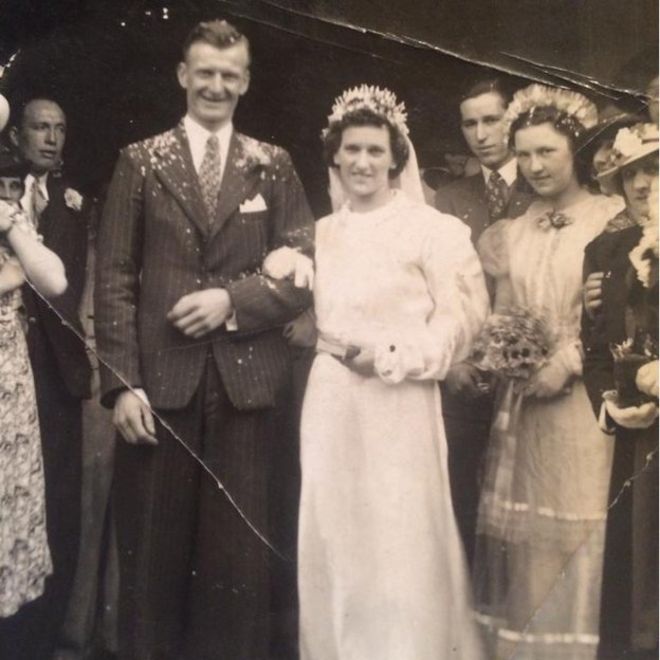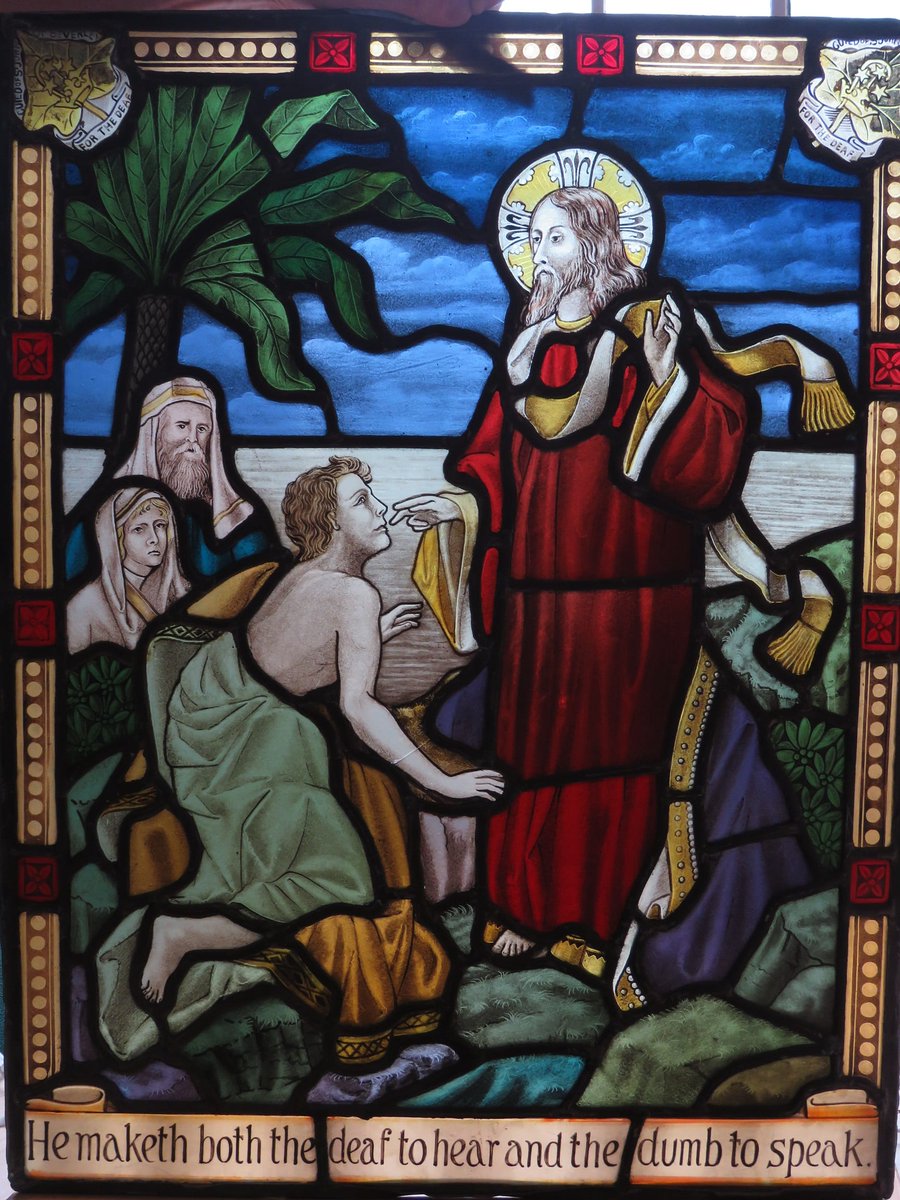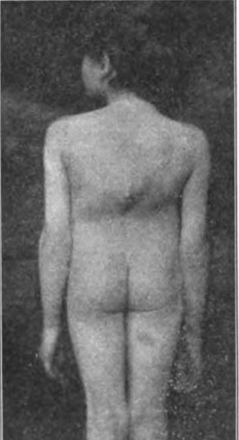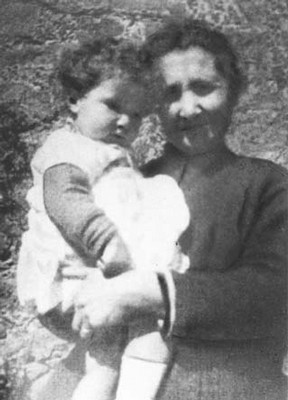Medieval Japanese guilds (za) offered spaces for belonging & institutional support for the blind. Todo-za claimed links to ancient emperors, aristocratic families, & incarnations of deities for authority/legitimacy. Not all of the blind enrolled in the toda-za/
#DisHist

When a blind person wished to enter the todo-za, they usually became the apprentice of a local member. The acolyte then shaved their head & was known as the shoshin (beginner). They then paid their dues to the todo-za and received a certificate of membership & a rank/
#DisHist
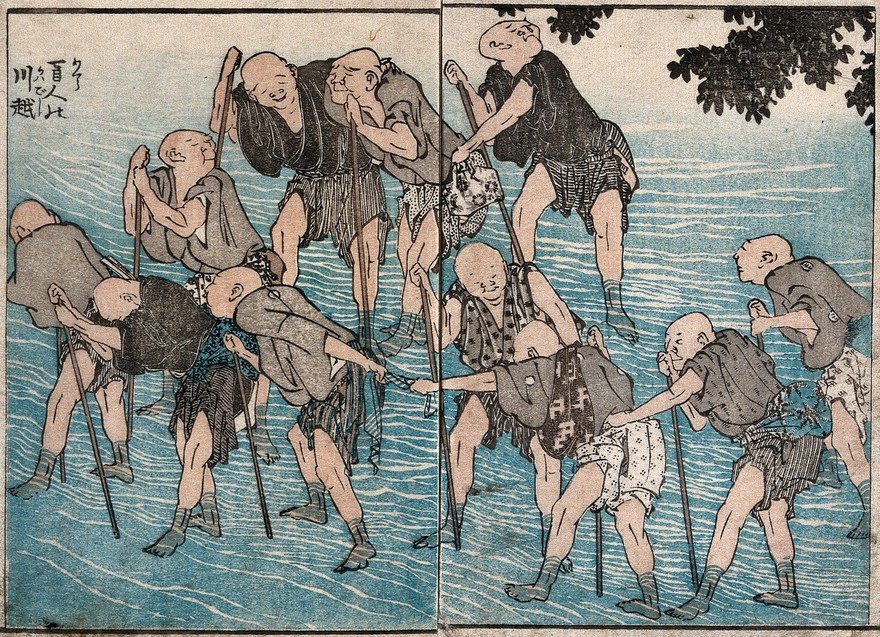
These guilds provided support and education to the blind, including training in stringed instruments
& storytelling, which were occupations commonly regarded as suitable professions for the blind/
#DisHist
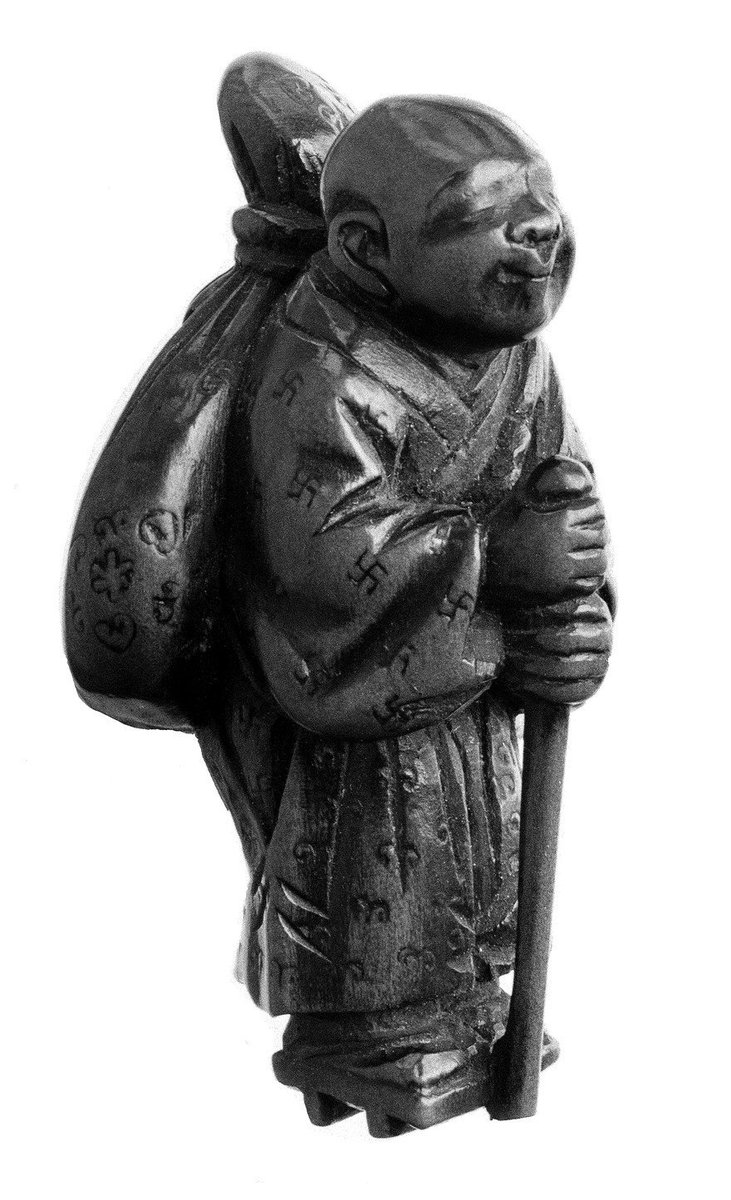
The todoza also trained blind members in massage and the shogun, daimyo, and wealthy families often retained blind acupuncturists, masseurs, and physicians in their residences/
#DisHist
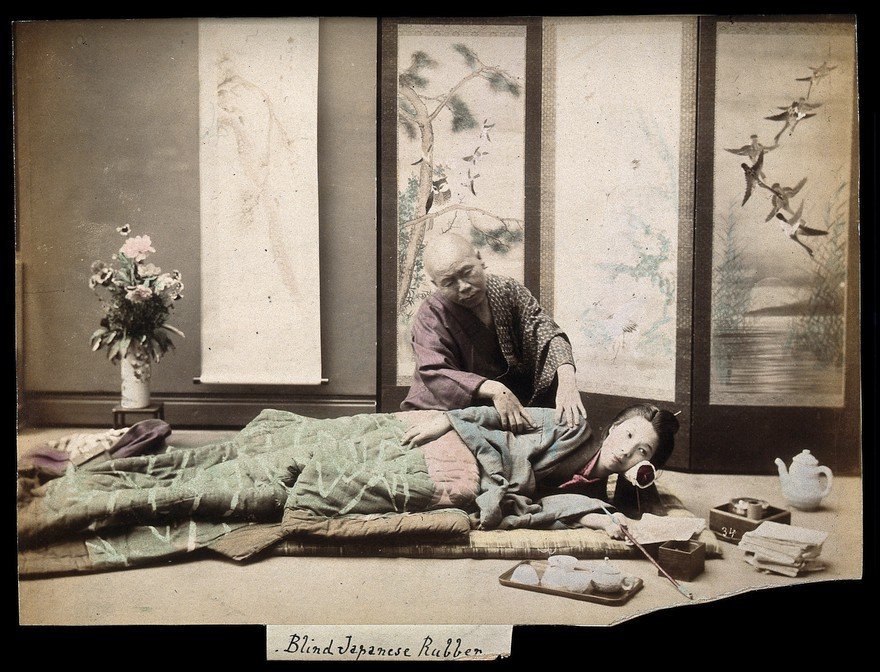
The blind itinerant priest or biwa hoshi performed a genre of musical story-telling, often recounting the Tale of the Heike, a Buddhist-inspired requiem for fallen warriors & one of Japan's most important epics.
#DisHist
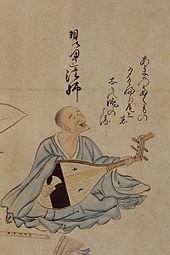
Born in 1901 in a farmer family in Ōhara of Tamana District, Yamashika Yoshiyuki (1901-1996) was the last person to have earned his living in Japan as a blind musician performing a repertoire of tales, songs & religious rites accompanying himself on the biwa/
#DisHist
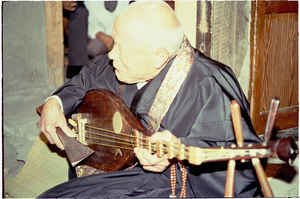
Blind women (goze) may have formed small local associations of their own from the late medieval era, which continued into the 20thc.
Lady Saigo (Oai), the 1st consort to Tokugawa Ieyasu, lived with visual impairment herself & patronised these efforts in the 16thc.
#DisHist

A devoted Buddhist, Oai donated money, clothing, food & other necessities to blind women and the organisations that assisted them. She also founded a school for the indigent blind women to teach them to play the shamisen, providing them employment.
#DisHist
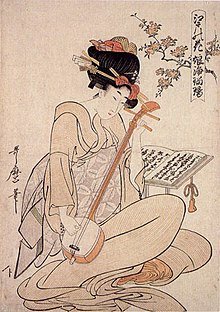
In this 1910s era photograph, a young blind Japanese goze in kimono and traditional headwear, sings and plays the shamisen with a a bachi/
#DisHist
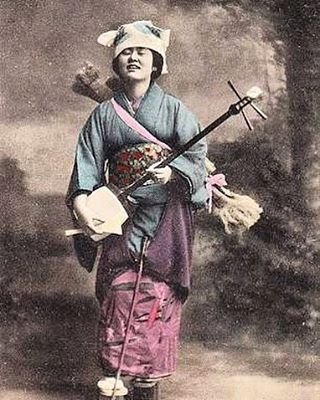
One of the last and best-known goze was Haru Kobayashi (小林 ハル 1900 – 2005) who had been since the age of three months.
#DisHist
You can listen to a recreation of goze music for the anime Samurai Champloo here:
youtube.com/watch?v=wlz9WA…
End Thread.
For more read:
Gerald Groemer, The Guild of the Blind in Tokugawa Japan, Monumenta Nipponica
Groemer, Who Benefits? Religious Practice, Blind Women "(Goze), Harugoma," and "Manzai", Japanese Journal of Religious Studies
Vol. 41, No. 2 (2014), pp. 347-386


